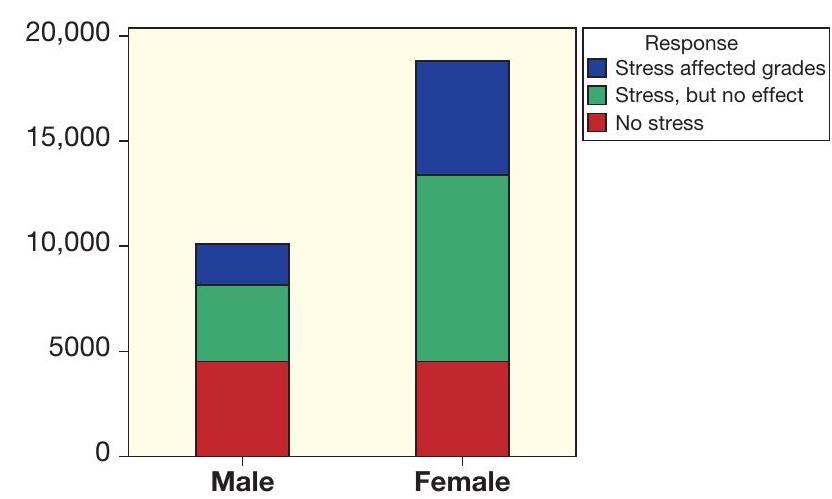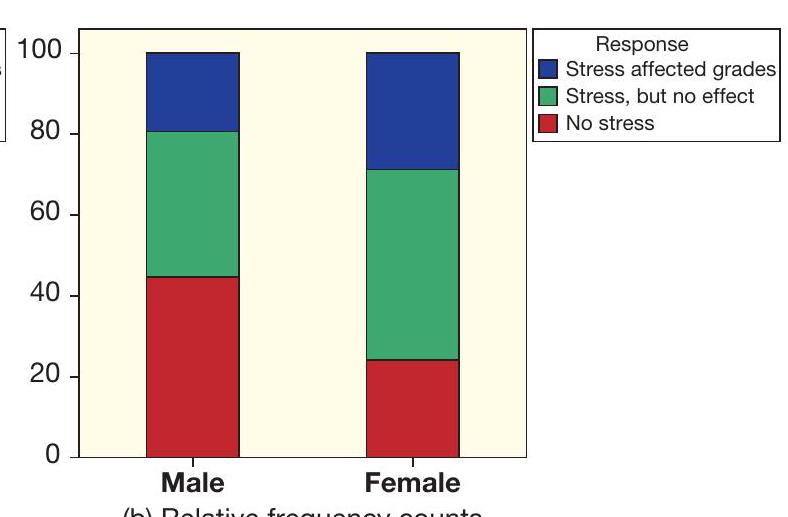Accounting for Participation Rates Exercises 2.30 and 2.31 show that smokers who agreed to be in the
Question:
Accounting for Participation Rates Exercises 2.30 and 2.31 show that smokers who agreed to be in the Deposit group (having their own money at risk) were much more likely to quit smoking than those enrolled in the Reward group, but many fewer of the original subjects assigned to that group agreed to participate. The researchers also found that 30 of the smokers originally in the Deposit group, who declined to participate, ended up stopping smoking on their own, while only 3 of the decliners in the Reward group stopped. Use this information and the data in the two exercises to find and compare the proportion of the subjects originally assigned to each group who were successful in quitting smoking for six months. For reference, another group of subjects at this company who got no financial incentive had about a $6.0 %$ success rate in quitting.
Deal with an experiment to study the effects of financial incentives to quit smoking. ${ }^{19}$ Smokers at a company were invited to participate in a smoking cessation program and randomly assigned to one of two groups. Those in the Reward group would get a cash award if they stopped smoking for six months. Those in the Deposit group were asked to deposit some money which they would get back along with a substantial bonus if they stopped smoking.

(a) Frequency counts

(b) Relative frequency counts Figure 2.4 Has stress hurt your grades?
Data From Exercise 2.30:
After six months, 156 of the 914 smokers who accepted the invitation to be in the reward-only program stopped smoking, while 78 of the 146 smokers who paid a deposit quit. Set up a two-way table and compare the success rates between participants who entered the two programs.
Data From Exercise 2.31:
The random assignment at the start of the experiment put 1017 smokers in the Reward group and 914 of them agreed to participate. However, only 146 of the 1053 smokers assigned to the Deposit group agreed to participate (since they had to risk some of their own money). Set up a two-way table and compare the participation rates between subjects assigned to the two treatment groups.
Step by Step Answer:

Statistics, Enhanced Unlocking The Power Of Data
ISBN: 9781119308843
2nd Edition
Authors: Robin H Lock, Patti Frazer Lock, Kari Lock Morgan, Eric F Lock, Dennis F Lock





